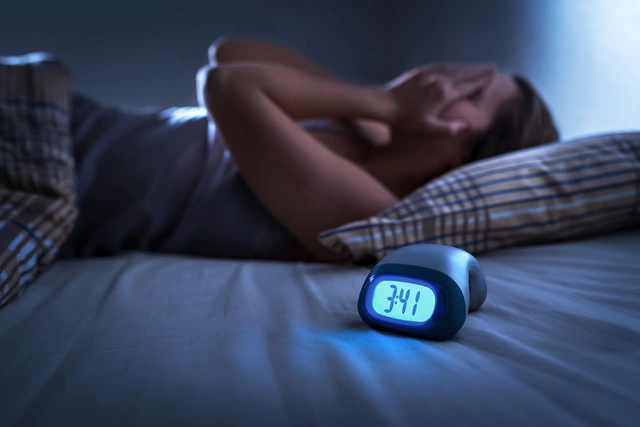Hydroquinone, Mometasone & Tretinoin: What to know before trying a triple cream
That mix—hydroquinone, mometasone and tretinoin—shows up in some skin‑lightening combos online and in clinics. It can work fast on dark spots, but it also brings real risks if used the wrong way. Here’s a clear, practical guide so you know when it helps, what can go wrong, and how to use it safely.
First, what each ingredient does: hydroquinone reduces pigment production and lightens dark spots; tretinoin speeds skin cell turnover and helps the hydroquinone penetrate; mometasone is a potent steroid that reduces inflammation and can calm irritation. Together they can give quicker visible results, but the steroid also raises safety concerns that you need to respect.
How to use it safely
Only use a triple cream under a doctor’s guidance. If your dermatologist prescribes it, follow these simple rules: do a patch test on a small area for a week, apply a pea‑size amount to the target area—usually at night—and use no more than what’s prescribed. Keep treatment short: many dermatologists limit use to a few weeks, then switch to maintenance with gentler options.
Wear sunscreen every morning. Tretinoin makes skin more sensitive to sunlight and hydroquinone can cause uneven results if you skip sun protection. Stop if you get severe burning, swelling, pustules, or rapidly spreading redness—those are signs the steroid or tretinoin might be harming your skin.
Risks, side effects and red flags
Mometasone is a strong steroid. Long‑term or overuse can thin the skin, cause stretch marks, visible blood vessels, steroid rosacea, or even permanent discoloration. Hydroquinone can cause exogenous ochronosis (blue‑black patches) after prolonged use, especially when used continuously for many months. Tretinoin often causes peeling, dryness or irritation at first—usually manageable, but it can be severe when combined with a steroid in sensitive people.
Avoid using this combo on thin skin areas like the eyelids, or under occlusion (covered tightly) unless your doctor instructs otherwise. Don’t use during pregnancy or breastfeeding without medical advice—many guidelines caution against potent topical steroids and high‑strength actives in those situations.
If you bought an unlabeled cream or something from informal online sellers, don’t use it. Counterfeit or unregulated products often contain unpredictable amounts of steroids, hydroquinone, or other banned ingredients. Ask for the ingredient list, concentration, and a prescription where required.
Looking for alternatives? Talk to your dermatologist about single‑ingredient options like azelaic acid, kojic acid, lower‑strength hydroquinone for short courses, chemical peels, or professional procedures (laser, microneedling). These can be safer long‑term and tailored to your skin type.
If you’re unsure, get a skin check. A short supervised course can help clear stubborn hyperpigmentation—but do it with a plan, regular follow‑ups, and a clear stop date to avoid lasting damage.



